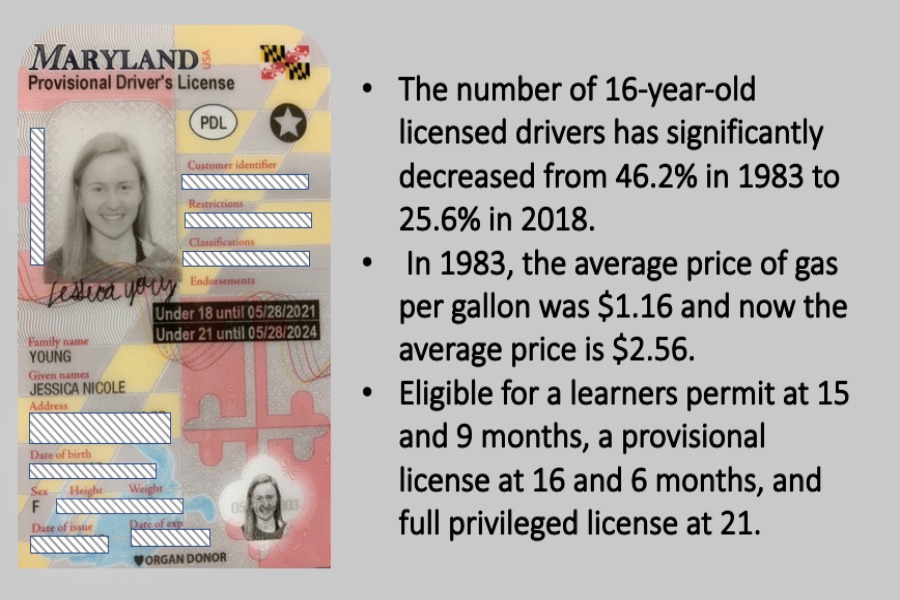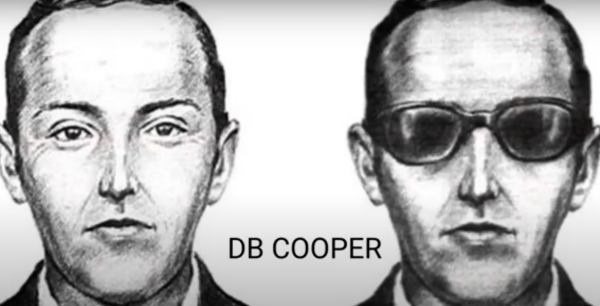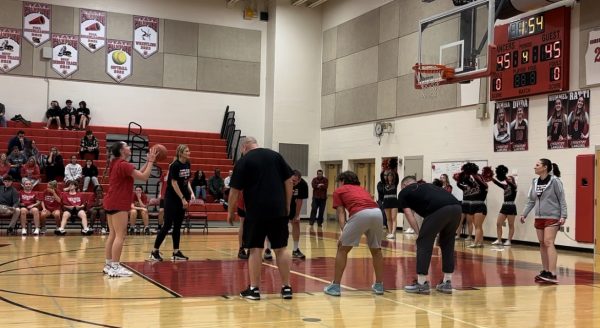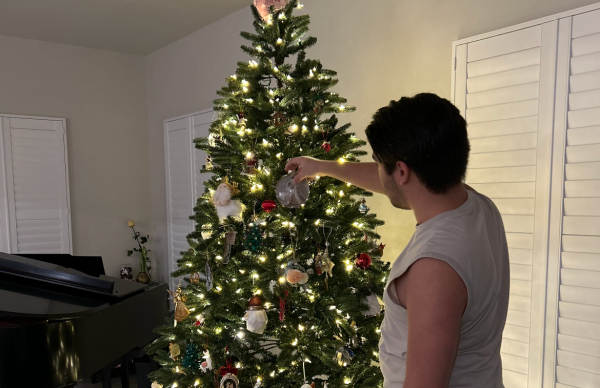Driver License dilemma: Fewer high school students want to drive
January 23, 2020
You probably remember the day that you got your driver’s license. You were most likely very proud, maybe a little nervous, too. However, you are also probably older than 16 and 6 months old, the legal driving age.
Today many students are waiting longer to get their licenses. While restrictions vary by state and not all 16-year-old students can be license holders, the number of 16-year-old licensed drivers has significantly decreased from 46.2% in 1983 to 25.6% in 2018.
The first step in the driving process is completing 30 hours of instruction in a drivers education classroom through a school such as Greg’s Driving School. After this, students take their 25 questions learners permit test as early as 15 and 9 months old. With this permit, they must complete 60 hours of driving experience, 10 of which are at night and three in-car sessions.
When you become 16 and 6 months old you may acquire your provisional license where young drivers may not drive between the hours of midnight and 5 am. You are also still only allowed to drive family for a 5 month period after acquiring the provisional license. Finally, once you turn 21 you may receive your full privileged license where you are allowed to drive any time of day with whomever you want and whenever you want.
These are the complex safety restrictions that didn’t exist ten years ago, and they are some of the reasons that teens are choosing to wait. When many of Generation X were in high school, they simply took their driving test at their high school and that was that.
Another reason that many teens are waiting to take their test is that costs are going up. In 1983, the average price of gas per gallon was $1.16, and now the average price is $2.56. Car insurance is also a huge factor for teenage drivers, almost $3,000 per year.
Some Input from more Experienced Drivers
Keri Young is a Linganore parent and an alumni of Damascus High School. She got her license in 1982. At the time, she chose to get her license when she was first eligible: on her 16th birthday. Despite failing her first attempt, she went back only two days after her first try and passed. Students now have to wait two weeks to go back to retake the test and pay a second fee.
“I was relieved and super excited to finally have my license, especially as I had failed the parallel parking on my first try on my 16th birthday days before,” said Young. The MVA no longer requires parallel parking on the test.
Susan Rossman is another Linganore parent who got her license as soon as she could. She was excited to be at the wheel for the first time and looked forward to the freedom that came with it. Howard County, where Rossman grew up, was considered a rural community. Howard County and Frederick County are now commuter counties with a “rush hour” on many rural roads in the mornings and afternoons.
“Back when I got my license, you were eligible to get your license the day you turned 16, so I went right away and passed. When I looked down at the list of testers, I saw that two of my friends went and got their licenses the same day. A family friend of mine that was a Howard County cop put a ticket in my birthday card so that I would know what one looked like,” said Rossman, laughing at the memory.
Both of these parents got their licenses as soon as they could and used their licenses to drive when they wanted. You would have thought that today this would still be a major growing up stage to look forward to for these purposes; however, that isn’t always the case.
Generation Z at the Wheel
Senior Ellie Glawe is 17, with a birthday in August, and still hasn’t tested to get her learners permit. She is committed to play lacrosse at Shepherd University in the fall; however, she chooses to wait longer and longer to get on the roads.
“I waited because I have really bad anxiety, and I just felt that I wasn’t responsible enough to take that big responsibility on. Even though my sister waited a little, it have influence at all on my own decision to wait,” said Glawe.
Junior Darbe Reesman is 16 and 9 months old, and she hasn’t gotten her license yet either. Darbe has, however, gotten her learners permit and is working on getting the required hours in order to take the test. Darbe also has an older sister, Megan Reesman, who graduated in 2019, who got her license later than she could as well.
“I don’t have my license yet because I have a busy schedule with school and sports. Being on a high school team means a lot of time commitment and only being allowed to miss a certain amount of time from school which I wouldn’t want to risk by driving myself on a daily basis,” said Darbe.
Parents were not as “hands on” before the twenty-first century. They weren’t as concerned about where their kids were 24/7 due to fewer people on the roads. Today, many parents have the app called “Life 360” which can track their child’s speed, location, and alerts about their safety.
“I do not have Life 360, and I am happy that I don’t because I believe that teens need to have some privacy and that parents should trust their kids with driving,” said Darbe Reesman.
There are lots of other reasons that students are choosing to wait to get their licenses. It’s not that they don’t want their license, they are just typically either scared of what could happen based on stories that they have heard or they simply haven’t met the requirements to receive their license due to busy schedules.
Road work and regulations over the decade
Everyone buckles up. No one, except our grandparents, can remember a time when a seatbelt wasn’t the rule. However, cell phones have probably had a bigger impact on driving dangers for drivers today.
Even the scary texting and driving campaigns can’t stop the temptation to reach for a phone while driving.













